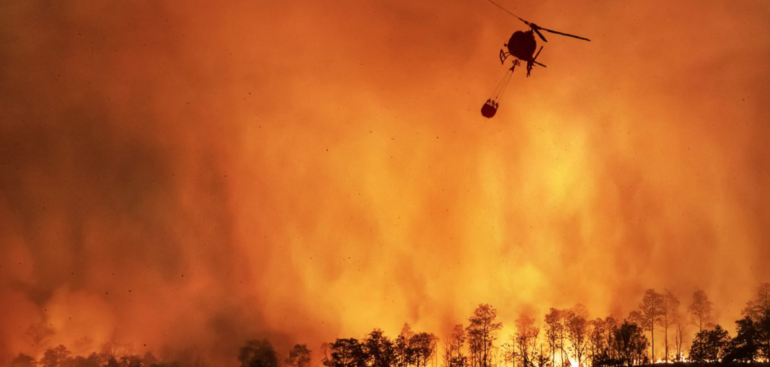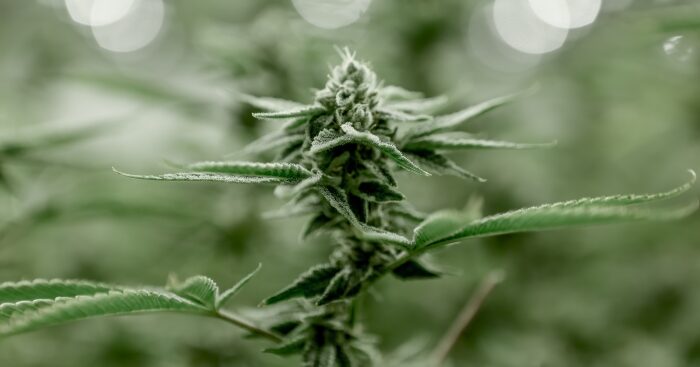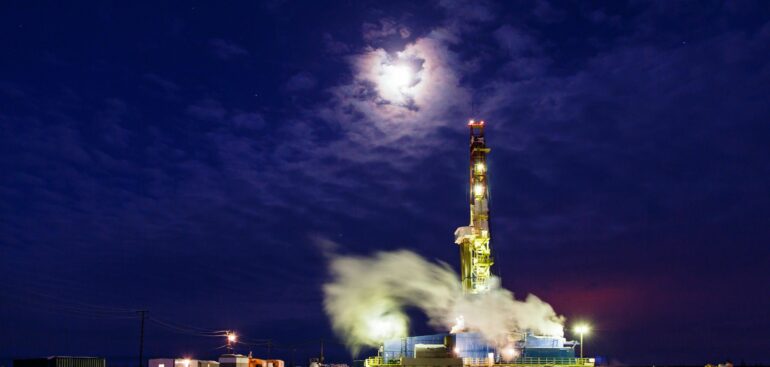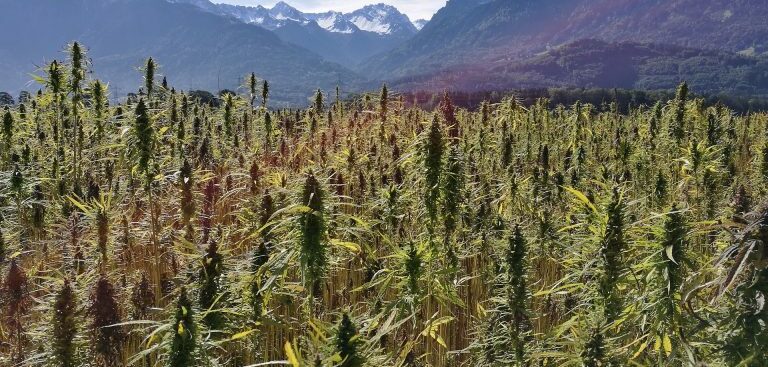As if 2020 hasn’t piled on enough, California and Oregon have been ravaged by wildfires for the last two months. These fires spreading out across the West Coast have left at least 40 people dead, burned more than 5 million acres, and leveled more than 7,000 buildings. Experts have determined that these are the worst fires the region has seen in 18 years. While there has been disagreement as to the severity of the fires – some linking their prevalence and intensity to climate change, and others, like President Donald Trump, blaming poor forest management – one thing we can all agree on is the horror of this widespread devastation.
Ohio Valley ReSource
John Fuller is waiting for another farmer he’s never met before to talk about a situation he never imagined he would be in.
It’s an overcast January day on his farm in west Kentucky, where he grew 18 acres of hemp last year, investing more than $250,000 of his own cash. He’s one of nearly 1,000 licensed hemp growers in 2019 who helped grow Kentucky’s biggest hemp crop since the state reintroduced it, trying to cash in on what could be a $1 billion industry for CBD products made from hemp.
Over the last few years, non-dairy milk has been popping up all over coffee shops and grocery store shelves. This increase in non-dairy consumers results from those who are lactose intolerant, others concerned with diet restrictions, or merely some that enjoy the taste of something new. According to the Market Data Forecast, “the market for dairy alternatives was worth $11.90 billion in 2020”. The two most common are soy and almond milk, but after the 2018 Farm Bill legalized hemp, consumers slowly see hemp milk making its way into the market.
Nucleus195 is pleased to announce that PanXchange has joined its ever-growing list of content and data providers network.
“PanXchange is an amazing company,” said Scott Duxbury, Nucleus195 Co-Founder. “Their unique sets of data and information helps all participants and that is in line with the same goals of Nucleus195 in helping all investors get access to the information that they need.”
PanXchange Blog
The American hemp farmer can’t seem to catch a break between the two significant problems they face: legislative uncertainty and marketing their products in an oversupplied market. Yet Mother Nature just reminded us all that she is the highest priority in good times and bad. US farmers in three major hemp producing areas are experiencing extreme weather conditions, wherein some cases, hemp farmers are reporting a total crop loss of their farm.
Hemp Industry Daily
Federal numbers on nationwide acres in certain crops are always a hot topic in the agri-community.
But this year’s data suggests that many hemp producers have not contributed to the Crop Acreage Report from the Farm Service Agency, an arm of the U.S. Department of Agriculture.
Before CBD was a product category, hemp grain, oils, and protein were in high demand. Driven by consumer demand for plant-based food-products, US imports of hemp grain peaked in 2016 at a volume of 38,594,227 lbs. Since 2017 grain derivatives, namely hemp seed oil and protein, have supplanted raw grain. According to our review of US Census trade data, hemp oil imports grew by 262%, and hemp protein grew by 40.6%, respectively, from 2017-2019. In 2019 alone, hemp grain and resulting products account for 76,554,259 USD in cross border sales. As this sector of the market matures across North America, operators across the supply chain must be mindful of market forces’ increasing role. More specifically, the price implications of servicing burgeoning markets, the competitiveness of substitute products, and short term currency volatility amplified by COVID-19 will all impact prices paid to producers and market opportunities.
Progressive Dairy
In an industry that’s changing as rapidly as a landslide in an earthquake, no matter what figures presented in this writing, it’s only a snapshot of one point in time.
The 2018 Farm Bill was one of those earthquakes that set off a landslide in the hemp arena, and aftershocks will be felt for several years as the industry tries to develop and adjust to production and market realities.
In one of the most monumental transactions in the hydraulic fracturing industry to date, Schlumberger (one of the largest oilfield services companies in the world) is selling OneStim, its North American pressure pumping business line to Liberty Oilfield Services Inc in exchange for a 37% equity stake in the proforma entity. The deal is expected to close in Q4 and with a proforma market capitalization of $1.2 billion and a proforma revenue stream of $5.2 billion. After this transaction is executed, investment bank Evercore confirmed that Liberty will become the third-largest oilfield service company in North America. The strategy behind the deal has become a hot topic of debate, seeing as how the hydraulic fracturing industry has been decimated by crude oil demand concerns amid the global coronavirus pandemic.
We highlight some of our conversations with industry professionals who explain the many ways that underreporting hurts the industry as a whole.










